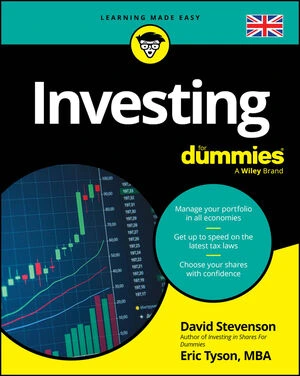The neural structure of the human brain is the result of our evolutionary development. Your thought and behavior patterns, such as the deep-seated fight-or-flight response, continue to influence your decisions today on the financial markets.
Your nature is not particularly well-suited to trading, but you can learn to do it. The human brain is capable of change and development. You can learn the mental prerequisites for brain-compatible trading. With the right mindset, you can recognize and avoid errors before they occur.
The innovative discoveries of modern neurofinance research will lead the way to success factors for brain-compatible and, therefore, successful trading.
Practice makes perfect
Successful trading depends on how consistently you practice and train. A demo account makes it easier for you to test your strategies. With paper trading, you can train the sequences and processes you’ve come up with until you can automatically recall them.
The advantages of having smooth trading processes and fixed rules in trading are clear; they prevent poor decision making caused by emotional responses. Along the way, you’ll learn pattern identification techniques. On the one hand, there are market and price patterns to learn; on the other hand, there are emotional thought and behavior patterns you need to identify.
Some goals to shoot for:
- You’ve learned to improve your opportunities for profit while limiting your risks of loss.
- You’ve set up your trading processes and systematized your trading. You act solely according to your tested and proven strategies.
- You focus on the profits and goals you want to achieve and have defined a profit target for each trade.
- You’ve truly accepted losses and see them as a learning opportunity. You consistently limit your losses with protective stops.
Your trader personality
You have many exercises and techniques available to you that you can use to develop your personality as a trader as well as help you act on the markets in an emotionally sovereign, strong-minded way.
One important technical and psychological component of this process is keeping a trading journal. It’s the key to your personal development. You’ll learn to recognize and solve psychological patterns. With all this knowledge, you’ll find a trading style that suits your personality.
A further important component involves self-coaching techniques. All these exercises have as their goal the desire to provide you with mental strategies to deal with losses, stress, and fear in a healthier way. Goals to shoot for:
- You have a good idea what your character traits are and where your skills lie. You have also used simulations to determine a trading style appropriate for you.
- You use your trading journal to analyze mistakes, to engage in some self-reflection, and for personal and professional development.
- You only trade when you are in an emotionally balanced state.
Decision-making processes in trading
It is not easy to make clever and well thought-out decisions when trading. It is important that you learn how to deal with unconscious decision-making processes and figure out how you could better manage how susceptible you are to failure.
When you have understood the evolutionary development of your brain, you can avoid irrational thought and behavior patterns at an early stage. Experience shows that most traders inherently act irrationally and in a biased way.
Behavioral finance research provides some exciting discoveries in this field. Systematic misjudgments, biases, and a pronounced herd mentality are some of the grave consequences of submitting to such patterns.






